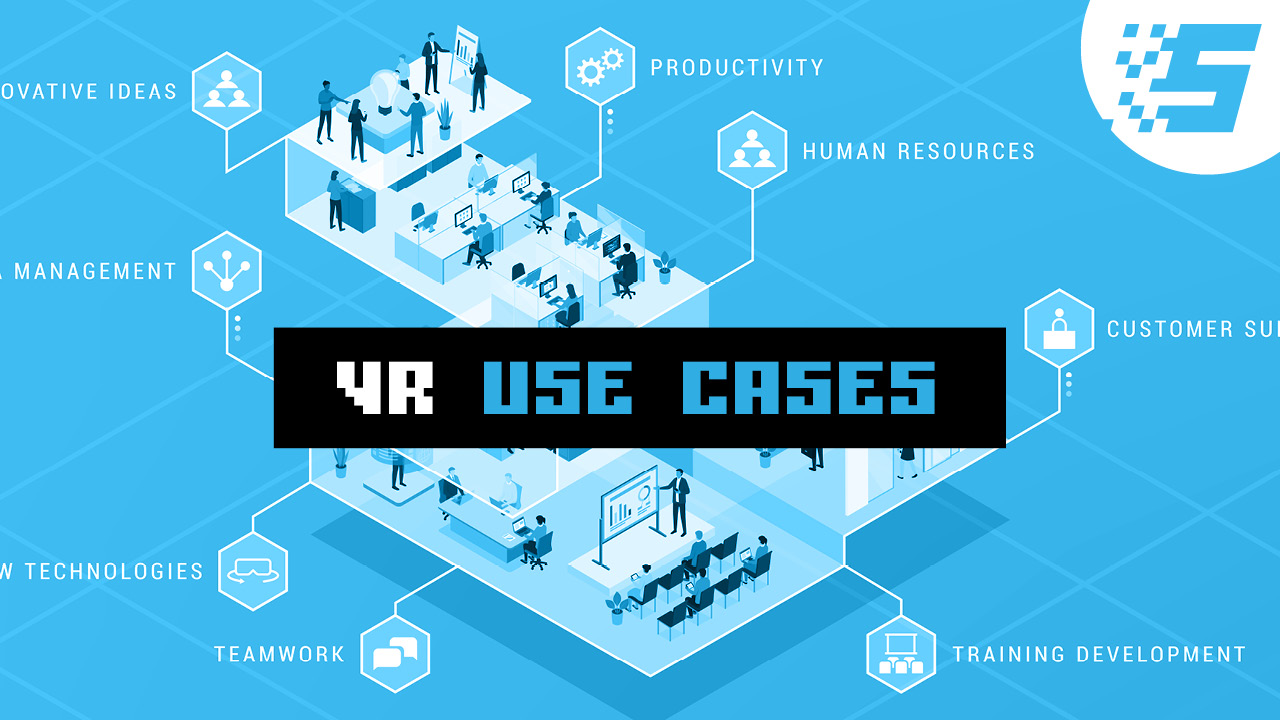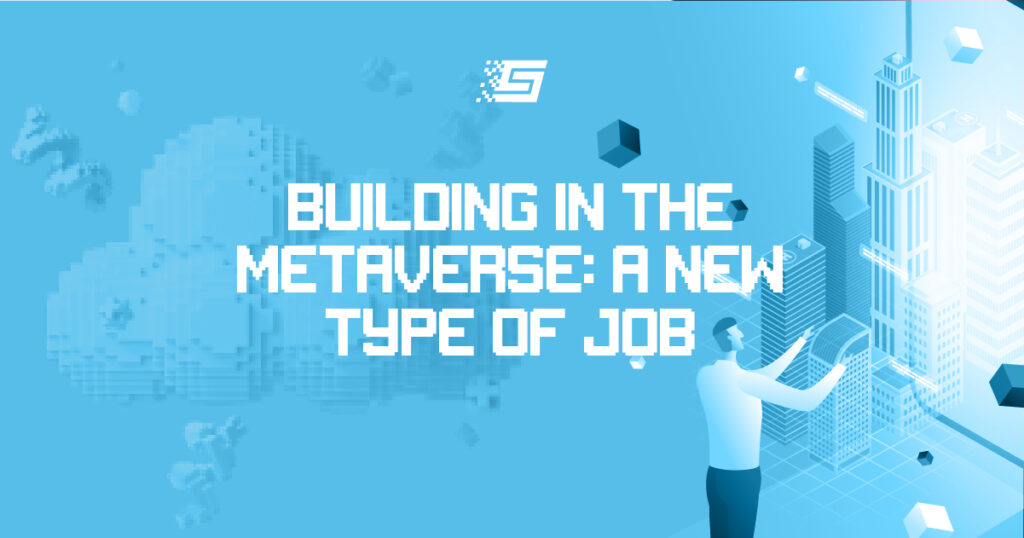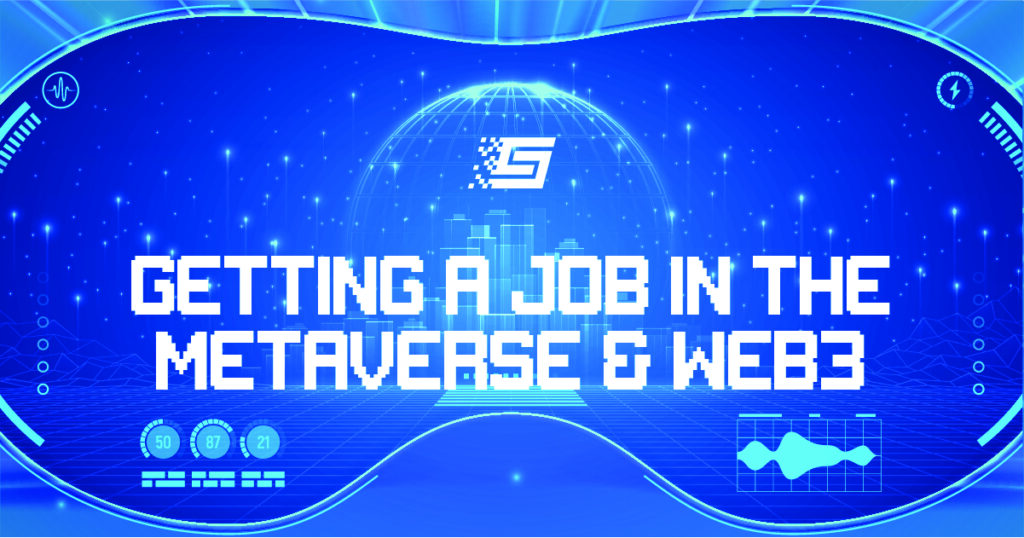
Virtual Reality Use Cases For Businesses
VR is a cutting-edge technology that has gained marketing popularity in recent times. It provides a unique 3D experience for customers who want to try products in real-time.
VR uses interactive software to facilitate a three-dimensional virtual environment for the user. The technology requires a headset which allows the wearer to see and hear in these digital spaces, thereby simulating a fully immersive computer-generated environment.
So then, how can businesses make the most of this type of technology?
And is it restricted to certain kinds of industries?
Let’s find out.
Virtual Reality In Marketing
Many people assume that VR is only for gamers, as in the case of Pokémon Go. But that is not so.
One early example of VR in marketing is back in 2016, when Oreo launched a fun VR marketing campaign that transported viewers into a magical land with milk rivers and filled cupcake-flavored Oreo biscuits. It offered a 360-degree experience of the life-sized Oreo biscuit portal, and viewers were able to use the Google Cardboard headset to watch the video.
By the end of 2017, awareness of VR devices rose to 51%, with a mix of brands like Facebook and Great Bear Rainforest deploying the technology in their marketing tactics in order to increase engagement rates.
If you’re thinking of making great strides in marketing with VR, here are some use cases to know about the technology.
Treatment Of Specific Illnesses
The healthcare sector recently saw widespread use cases for VR and AR technologies. VR is now being used in therapy for treating patients with phobias and anxiety.
Therapists can gain a better understanding of how patients react to stressful scenarios in simulated but safe environments by monitoring physiological reactions, such as heart rate and perspiration, with the use of biosensors. VR can also be used to treat autism and help patients develop communication and social skills or to diagnose those with visual or cognitive impairments by tracking eye movement.
Some organizations have created apps that use AR and VR technologies in healthcare. The VeinSeek Pro app, for example, is used to locate veins in patients when getting an injection.
Virtual Tours And Real-time Product Demos
A useful way to convince customers to buy a product is to allow them to use it in real time and see how it looks and works.
From the processes of manufacturing and packaging to interior design, businesses can use VR to give consumers a demonstration of the product and understand better what goes into making it.
One great example of this is Lowe’s home improvement store, which offers a VR experience for customers who would like to see how their homes might look after revamping the decor and furniture. Using the Lowe’s Holoroom visualization tool, customers can select home decor items, appliances, countertops, cabinetry, and room layouts to see the final result.
IKEA provides its customers with a VR application where they are able to place furniture from the store in their homes to see whether it looks good or not – offering them a fully-immersive experience to realize the room of their dreams. Customers can try different fabrics, swap the wall colors, or change the time of the day to see how their visualized home design would look in a different light.
Gamified Experiences
Gamification is the process of adding specific game-like elements to a task in order to encourage participation and boost engagement. Customers today are engaging with AR and VR elements on various devices more often, and gamification offers tremendous potential to businesses.
A classic example is McDonald’s Happy Goggles. The initiative introduced a simplified VR experience to their kid customers. The food chain brand developed a Happy Meal Box that could be folded into a VR headset. Children could tear the box apart, reconfigure the shape, punch out the eyeholes, and slide in the lenses that were inside Happy Meals. McDonald’s also released its own skiing game designed to work with the headset.
Gamification can be implemented to engage customers and employees for inspiration, interaction, and collaboration. It could be used in personal banking to provide loyal customers with benefits or rewards.
Milan-based bank Widiba created a virtual banking system that enables its customers to explore the bank using VR glasses. They can not only interact with monitors or agents but also check their balances and transactions.
Fashion companies could deploy a combination of VR and gamification to let customers view attire in a new collection from different angles without trying on the clothes physically or coming to the brick-and-mortar store.
Raising Awareness
Each business operates with a mission in mind when creating products or delivering services to its particular customer base. Using VR technology, they can make their customers a part of the mission to promote their brand or raise awareness.
A couple of years back, Toms Shoes ran a buy one, “gift one free” marketing campaign, but with a twist. They created a VR tool so that customers who visited the store could experience a virtual trip to Columbia and see a pair of shoes being gifted to the children that benefited directly from their purchase. The campaign was met with applause for creating an immersive experience for the Toms shoe customers and also because of the impact the brand made to an emerging country like Columbia, where buying shoes was seen as more of a “luxury.”
Such VR marketing strategies have helped customers understand products better and have given them a message of what the business stands for.
Product Experience
Perhaps one of the most innovative VR uses is the up-and-close experience of a particular product that brands can offer to customers. It allows companies to highlight the most unique features of their products while also giving potential customers the chance to completely experience using them.
Volvo has used deployed VR technology to help customers that didn’t have easy access to their dealerships test drive their cars. The experience was provided by using the Google Cardboard VR headset.
The hiking shoe brand Merrell created a highly immersive and unique experience for customers as part of its marketing campaign for launching their hiking shoes. The company used TrailScape, its 4D multi-sensory hiking experience, and a VR technology called Oculus Rift to create an experience for customers that involved walking on different surfaces and overcoming obstacles such as climbing steep slopes.


